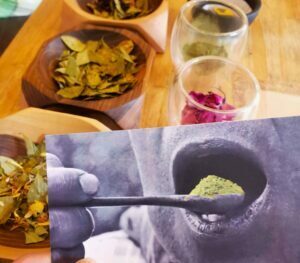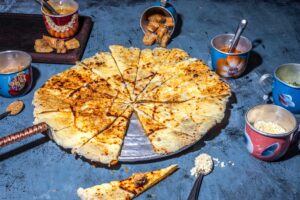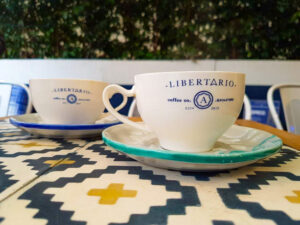Walking through Bogotá, the capital of Colombia, often generates headaches, altered breathing and even tachycardia. And we don’t blame anybody, the Colombian capital is located at 2,600 meters(8,530 feet) above sea level. It is normal to feel the effects of altitude and much more if you come from sea level. Frequently, while you’re in a tour in the capital city, the tour guides offer coca tea, using the Colombian expression: “It is a blessing for the soroche*”
Coca? Some tourists get shocked and ask for the side effects this leaf has, but there is nothing negative about it, as we are just using the coca leaf for making the tea. It is way different from cocaine, as it does not generate any type of counterproductive effect. It is a green tea that has many properties, which includes relieving altitude sickness and stomach sickness, improving circulation and even stopping the symptoms of a hangover or “guayabo”, as we call it in Colombia. And for the indigenous communities it turns out to be food for the soul, as they chew it they clarify their thoughts, it is a sacred plant with great healing power for the body and soul.

An important part of our work in tourism as guides, is to educate and redefine some stereotypes that have been created by international media campaigns. Our duty is to tell the real meaning and applications of the products we have in the different environments and how our indigenous communities use them with their ancestral beliefs and traditions.
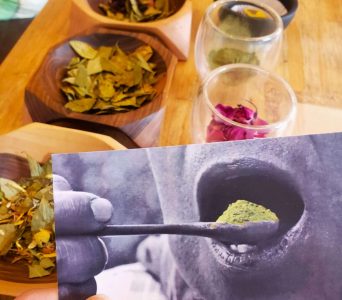
The coca leaf is a sacred plant for the indigenous communities of South America. It is an amazonian medium-sized bush that grows in warm and humid valleys between 1,000 and 2,000 meters (3,280 and 6,562 feet) above sea level. It has been considered a sacred plant of great healing value and even in some areas of the country the communities consume it, either by mambeando -chewing it- or in infusions as a tea.
Currently, the coca leaf fights against the aerial fumigation with glyphosate in the country which affects the water sources and the health of the communities who live in these territories.
The government uses this method as is the easiest and “cheapest” to eradicate it and it’s part of the war against drugs, because the coca leaf is used by the drug producers to get the alkaloid of cocaine as a result of the synthesized and chemical reactions with other components. But the coca leaf itself is not a drug, is a medicine, and the impact of this method has more contraindications and is a real attack against the rural communities, the natural sources and the health of our fertile soils, more than a fight against the drugs.
The misinformation has generated a prevention of the use of the coca leaf among the colombian people who live in the big cities and also the foreigners, because most of them know the bad use of the plant and not the real properties it was when you consume it in a natural way with any chemical intervention, just as the indigenous peoples of our mestizo America have been doing it for hundreds of years.
However, after a legal struggle, in countries such as Colombia, Peru and Ecuador, the legal uses of the coca leaf have been recognized, as a way of respect for the traditions and knowledge of the native indigenous communities. Now we can find a lot of uses of the plant with the leaf itself or as a powder too.
We are often asked, is that legal?
Yes, the natural consumption of the leaf is legal. Today there are companies certified and legalized by the government to distribute their plant-based products, which have nothing to do with drugs. You can find in market places and even in famous tourist spots, dried coca leaf, tea bags to make infusions and even mambe powder, the pulverized leaf mixed with arumo ash, to prepare an andean matcha tea and you can take it to your country to keep enjoying its benefits back home.
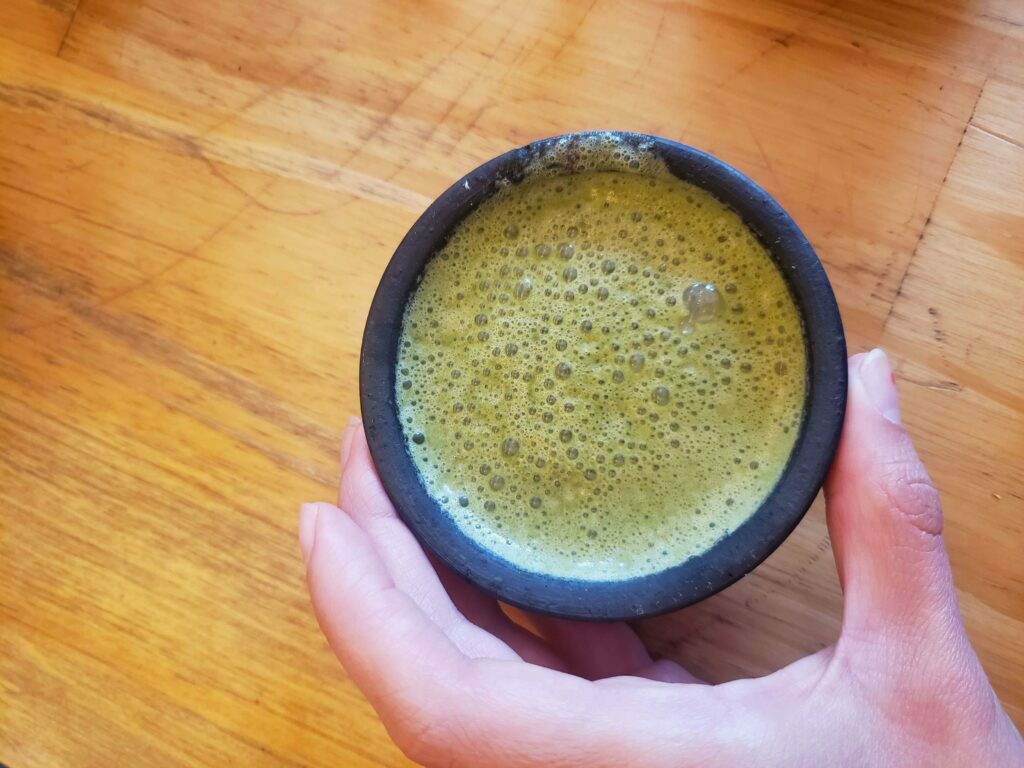
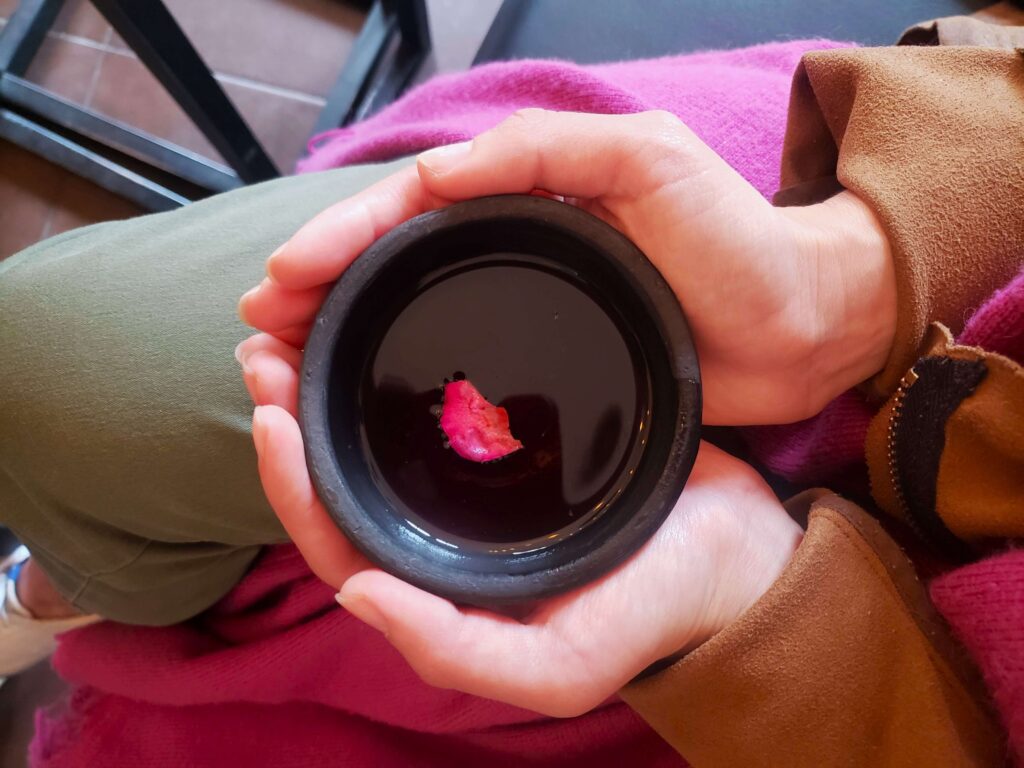
If you want to know more about coca leaf, its ancestral use and its benefits for the body and mind, you can be part of our Coca, Cocoa & Clay tour. It is a tour to learn and learn more about our indigenous culture and resignify the use of sacred plants such as coca and cocoa. We end the tour with a super entertaining clay workshop at the archeology museum. A different experience in the historic center of Bogotá.
*Soroche: The word we use in Colombia for altitude sickness.

